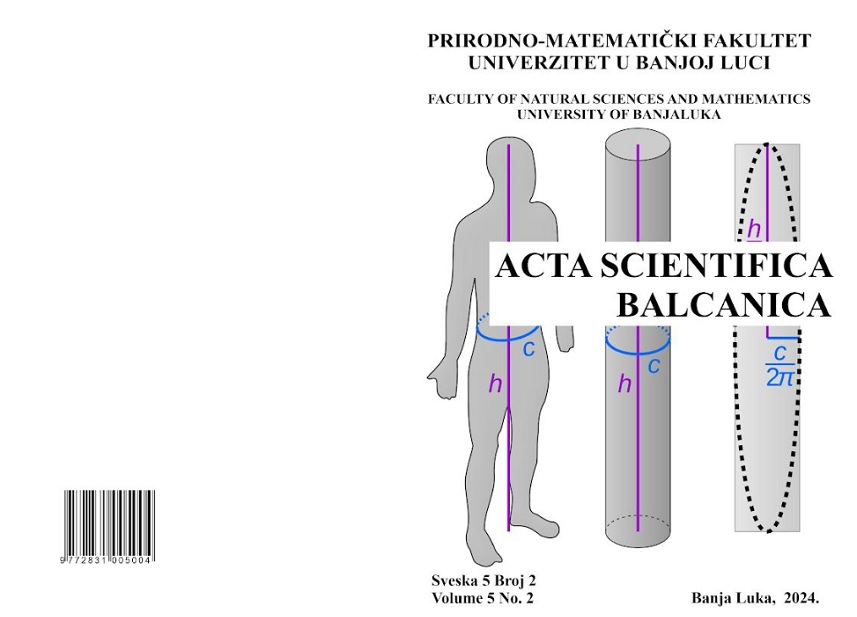BODY ROUNDNESS INDEX AMONG ADULTS WITH TYPE 2 DIABETES MELLITUS IN BANJA LUKA
DOI:
https://doi.org/10.63356/asb.2024.002Keywords:
body roundness index, type 2 diabetes mellitus, sex differencesAbstract
The body roundness index is a novel anthropometric indicator used to assess body composition and predict the risk of various metabolic diseases, including type 2 diabetes mellitus. Diabetes, as a chronic metabolic condition, poses significant health risks, and both traditional and novel anthropometric indices are essential for evaluating its risk and progression. The aim of this study was to analyze body roundness index values among adults with type 2 diabetes mellitus in Banja Luka and to examine sex differences. The results showed significant sex-based differences in body roundness index, with women having significantly higher values (6.03 ± 1.66) compared to men (5.26 ± 1.45; p = 0.002). Quartile analysis indicated a broader interquartile range for women (4.76–7.11) than for men (4.34–5.81), suggesting greater variability in body roundness index values among women. Additionally, a progressive increase in body roundness index was observed across body mass index categories, with significantly higher values among individuals with higher levels of obesity (p < 0.05). This study provides the first preliminary data on body roundness index among adults with type 2 diabetes mellitus in this region, highlighting its potential utility in assessing body composition and metabolic risk in diverse populations.
